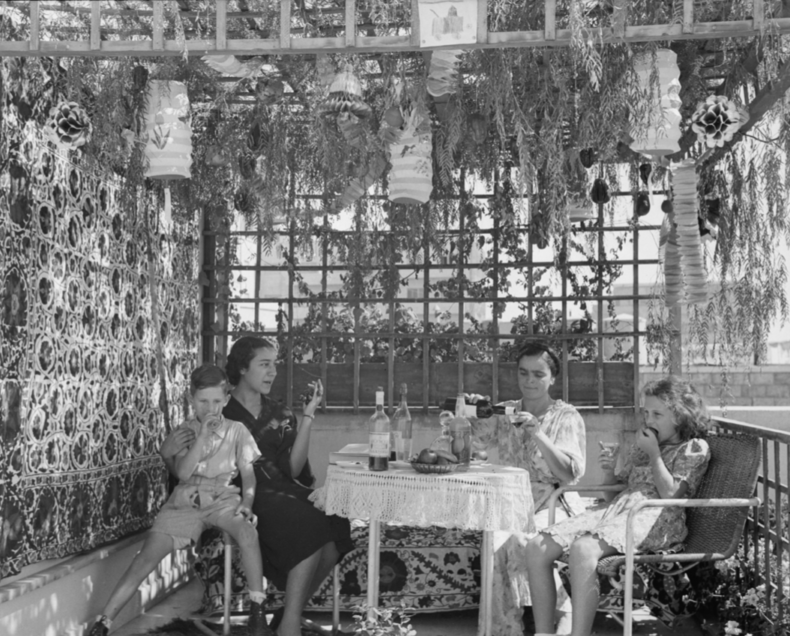Man-nature relationship, a time for awareness

On 18 September, the European Day of Jewish Culture on 18 September will see Ferrara as the leading city for Italy and the National Museum of Italian Judaism and the Shoah-MEIS will play a central role in it. From September 15 to 18th, the museum will host the Jewish Book Festival, which in this 13th edition is going to feature a prestigious parterre of national and international guests is going to be featured, among which 2022 Pulitzer Prize winner Joshua Cohen and Israeli cartoonist Rutu Modan. In the meantime, the institution is working on a new exhibition. Titled “Under the same sky” and curated by MEIS director Amedeo Spagnoletto and Sharon Reichel, it is dedicated to Sukkot, one the Jewish three holidays called “Shalosh regalim”, for which in ancient times pilgrimage to Jerusalem was prescribed and, according to Rabbi Jonathan Sacks, the one most devoted both to a particular and universal message.
The exhibition will focus specifically on “the religious and traditional aspects, and the close connection between Nature and artistic expressions that this anniversary generates”. Even today, MEIS recalls, families build their sukkah in the gardens of the synagogues or on the terraces of their houses: the typical hut with the roof covered with branches.
It is a ritual that has been renewed for millennia and has an always current meaning. “Ideas such as precariousness, respect for nature and people are at the center of contemporary discourse. Dealing with religious content is never an easy task, but a museum that focuses its on Judaism cannot fail to do so”, point out the curators.
Hence the decision to make the public an active subject of the exhibition. A means “to break the barrier of otherness”. Among the stories that are going to be told is that of the cedars of Calabria, the Southern Italian region where the most prized variety of this citrus fruit is grown. A video installation will then show the rite of an Italian community during Hoshanah Rabba, the seventh day of Sukkot. On this occasion, it is pointed out, “the sounds of the lulavim (the closed frond of date palm tree, one of the four species used on Sukkot) shaken during prayer merge with the sound of rain, to further convey the awareness of a holiday that includes the recognition of the importance of water”. It is precisely from the day following Hoshanah Rabba, not surprisingly, that “Jews gathered in synagogue add a formula to the liturgy wishing for the arrival of rain”. A further connection, in this summer of heat and drought, “to sadly current issues”.
Ten decorative wooden panels will also be on display. Made in the Venetian area for a sukkah from the late 18th or 19th century and owned by the Abbey of Praglia, they are priceless works of art that have so far been inaccessible to the general public. A catalog of the exhibition will be published with the contributions of experts dedicated to the many themes that will be treated: from the religious meaning of the festivity to its philosophical concepts, from agronomy to architecture and art. The installation of “Under the same sky”, curated by the architect Giulia Gallerani, will be made for the most part with triple-wave cardboard with a low environmental impact and recyclable. A choice of consistency and sustainability.
Above, a Sukkah in the Rehavia neighborhood in Jerusalem – Matson Collection.
